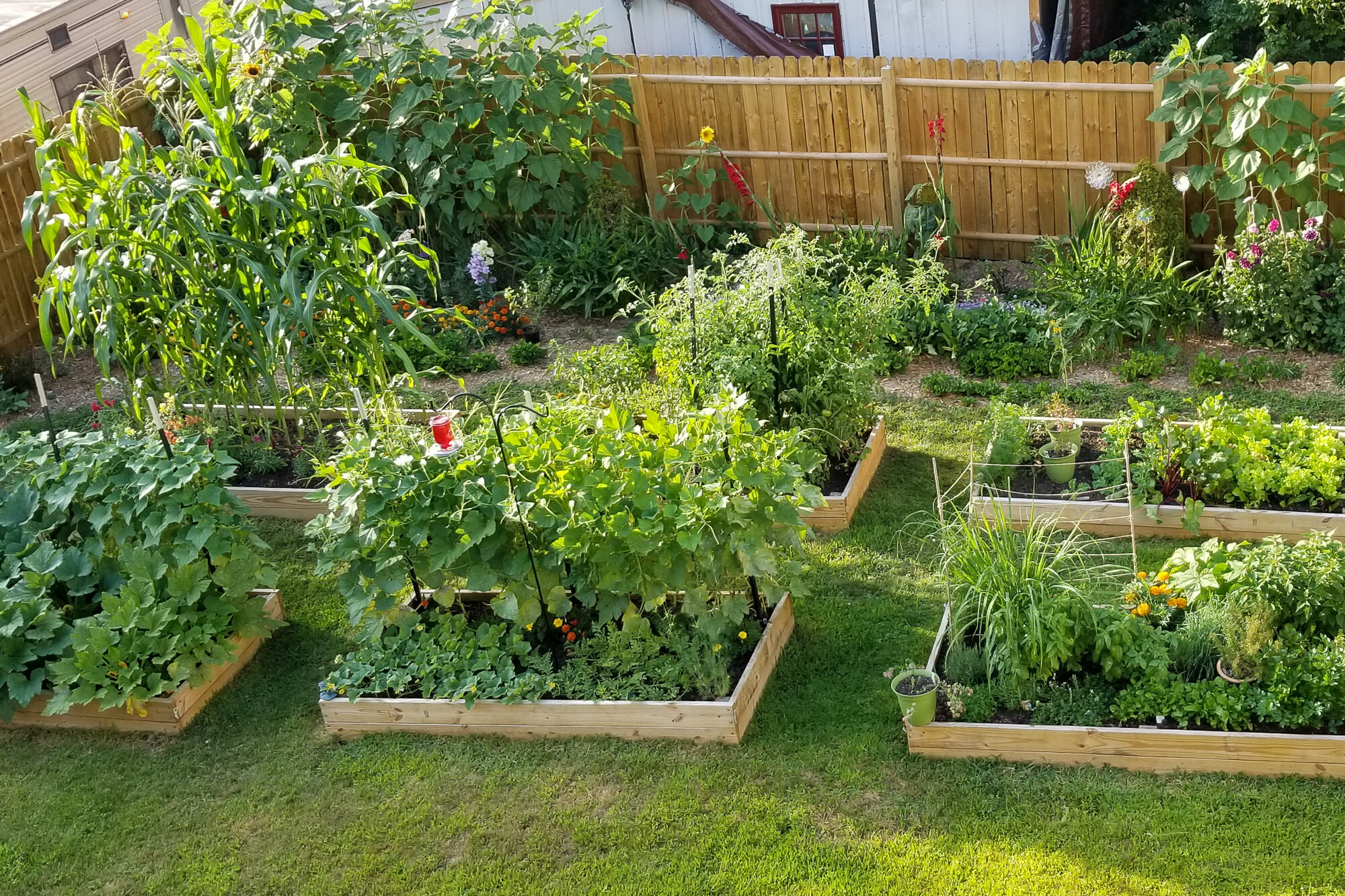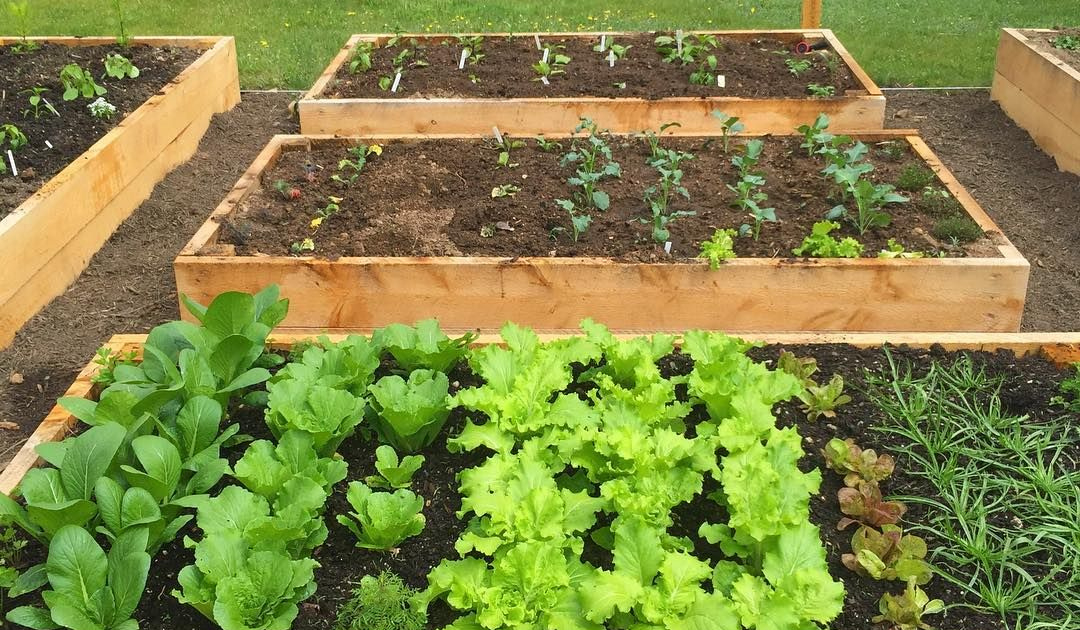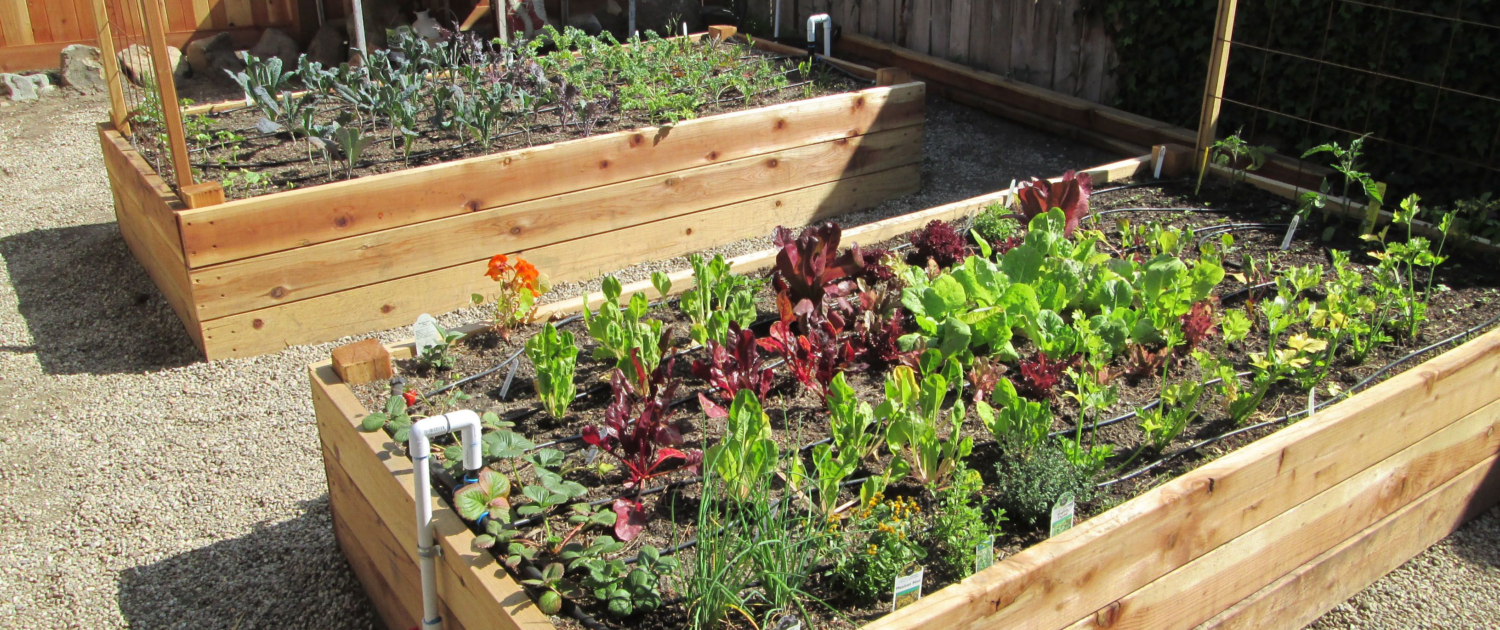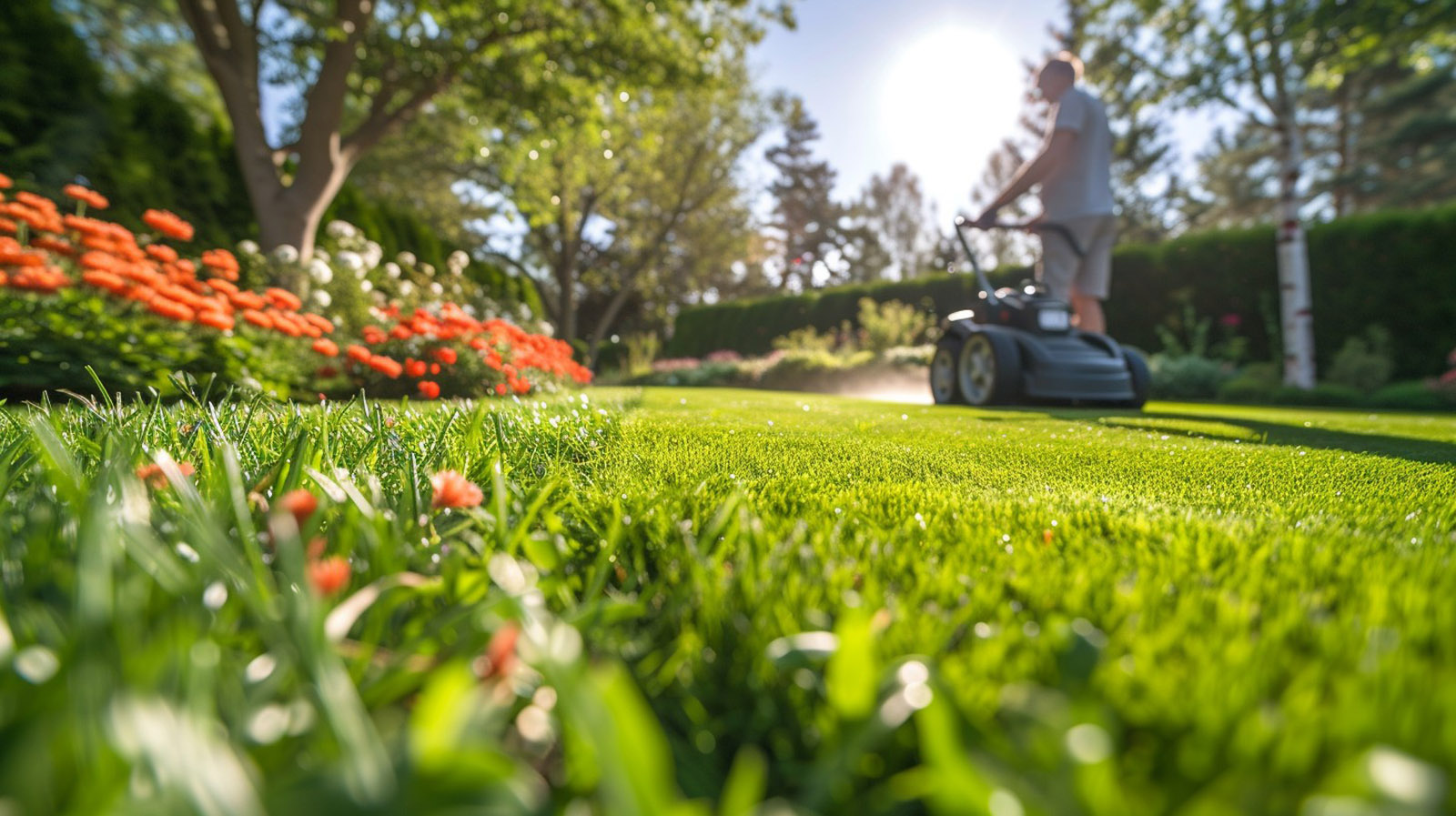
Embarking on the journey of organic gardening can be both fulfilling and delicious. But where to start? Here’s a handy guide to help you kickstart your own organic vegetable patch without breaking the bank.
Understanding Organic Gardening

Starting Your Organic Vegetable Patch A Beginner’s Guide
Organic gardening is all about cultivating plants without the use of synthetic pesticides or fertilizers. It’s a sustainable and environmentally friendly approach to gardening that yields tasty, wholesome produce.
Getting Started: Choosing Your Plants
You don’t need a large budget or sprawling space to begin your organic garden. Pots are a great option for growing vegetables, even in limited space. Herbs like parsley and basil, along with veggies like tomatoes and lettuce, thrive in pots and are beginner-friendly choices.
Planter Options and Location
Select a spot that receives ample sunlight and is close to a water source for easy maintenance. Decide whether you want a traditional garden bed or a raised one. Raised beds require additional soil but offer better drainage. Research the sunlight and water needs of your chosen plants before planting.
The Importance of Soil Health

Starting Your Organic Vegetable Patch A Beginner’s Guide
Healthy soil is the cornerstone of a successful organic garden. Start by using organic potting mix enriched with compost. Regularly add organic matter like compost and mulch to nourish the soil. Consider setting up a compost bin for a steady supply of nutrient-rich soil.
Natural Pest Control Methods
Pests can be a nuisance in any garden, but organic gardening means avoiding synthetic pesticides. Embrace natural pest control methods like companion planting, where certain plants deter pests from others. For instance, basil planted near tomatoes can repel flies and mosquitoes. Creating a habitat for predators like frogs can also help keep pests in check.
Cultivate Your Green Thumb

Starting Your Organic Vegetable Patch A Beginner’s Guide
Starting an organic vegetable patch may seem overwhelming, but breaking it down into manageable steps makes it more approachable. Begin with a few pots or a small garden bed with low-maintenance herbs and veggies. As your gardening skills grow, so can your garden’s size and variety.

